lump in testicle after vasectomy
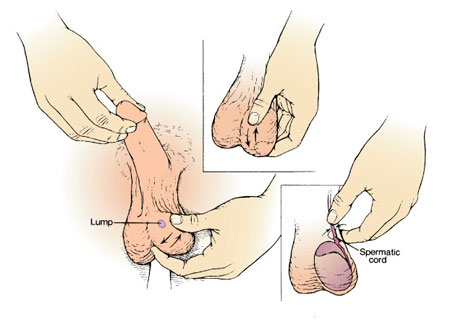 Testicular lump | The British Association of Urological Surgeons Limited
Testicular lump | The British Association of Urological Surgeons LimitedIf you have symptoms of Covid-19, visit our . If you have had symptoms Covid-19 for more than 4 weeks Or are you worried about the ongoing symptoms, please. For more information about Covid-19, the vaccine and new variants, visit websites and websites. For general information, visit our Vasectomy Synopsis A woman may become pregnant if a man's sperm reaches one of her eggs (ova). Contraception tries to stop this by keeping the egg and sperm separated or stopping the production of eggs. A contraception method is vasectomy (male sterilization). During a minor operation, the tubes that carry man's sperm to the penis are cut, blocked or sealed. This prevents sperm from reaching the seminal fluid (semen), which is ejaculated from the penis during sex. There will be no sperm in the semen, so a woman's egg cannot be fertilized. Vasectomy is usually performed under local anesthesia, and takes about 15 minutes. At a glance: facts about vasectomy How vasectomy works Vasectomy works by preventing sperm from getting into a man's semen. This means that when a man ejaculates, the semen has no sperm and a woman's egg cannot be fertilized. How vasectomy is performed is a rapid and relatively painless surgical procedure. The tubes that carry sperm from a man's testicles to the penis are cut, blocked or sealed with heat. In most cases, you will be able to return home the same day. Most vasectomies are carried out under . This means that only your scrotum and testicles will be numb, and you will be awake for the procedure. You will not feel any pain, even if you may feel a little uncomfortable. In rare cases, one may be required. This means he'll be asleep during the procedure. A general anesthesia may be used if you are allergic to local anesthesia or have a history of fainting easily. However, most people will only need a local anesthesia. A vasectomy has no effect on sexual unity or the ability to enjoy sex. You will still have erections and ejaculate normally. The only difference is that your semen will not contain sperm. A vasectomy can be performed in:There are two types of vasectomy. The traditional technique, called conventional vasectomy, involves making two small incisions in the scrotum (the skin bag that surrounds your testicles) using a scalpel (surgical knife). The other guy, called vasectomy without scalpel, is a newer technique now in common use. The doctor who makes your vasectomy will discuss with you what is best. Conventional VasectomyDuring a conventional vasectomy, the skin of your scrotum is numb with local anesthesia. The doctor makes two small cuts, approximately 1 cm long, on each side of the scrotum. Incisions allow your surgeon to access the tubes that carry sperm from your testicles. These tubes are known as "vas diferens". Each tube is cut and a small section removed. The ends of the tubes are closed, either tied or sealed using the diathermia (an instrument that heats at a very high temperature). Incisions are sewn, usually using disoluble points, which will naturally disappear within a week. Vasectomy without scalpel Vasectomy is usually performed under local anesthesia. During an unscalpel vasectomy, the doctor will feel the deferent ducts under the skin of his scrotum and then keep them in place using a small clamp. A special instrument is used to make a small puncture hole in the skin of the scrotum. A small pair of forceps is used to open the hole, allowing the surgeon to access the deferent ducts without the need to cut the skin with a scalpel. Tubes are closed in the same way as in a conventional vasectomy, either tied or sealed. During an unscalpel vasectomy, there will be little bleeding and no points. The procedure is also considered less painful and less likely to cause complications than a conventional vasectomy. Before deciding to have a vasectomy Your doctor will ask about your circumstances and provide information and advice before agreeing on the procedure. You should only have a vasectomy if you are sure that you do not want to have any, or more, children. If you have any doubt, consider another method of contraception until you are completely safe. You should not make the decision about having a vasectomy after a crisis or a big change in your life – for example, if your partner just had a baby, or just finished a pregnancy. If you have a partner, discuss it with them before deciding to have a vasectomy. If possible, both must agree with the procedure, but it is not a legal requirement to obtain your partner's permission. You can have a vasectomy at any age. However, if you are under 30, especially if you do not have children, your doctor may be reluctant to perform the procedure. Your PG has the right to refuse to perform the procedure or refuse to refer you to the procedure if you do not believe it is in your best interest. If this is the case, you may have to pay to have a vasectomy privately. How long will I have to wait for the operation? In most parts of the UK, a vasectomy is available free of charge from the NHS. However, waiting lists can be several months, depending on where you live. Talk to your PG or ask at your local birth control clinic about vasectomies in your area. Since the waiting lists for vasectomies can be long, some men decide to pay for the procedure to be carried out in private. You may request a male doctor, but in some cases this may mean having to wait longer. Your GP can be able to offer options where you can perform the vasectomy. Recovering after operation It is common to have some mild discomfort, swelling and bruising of your scrotum for a few days after vasectomy. If you have pain or discomfort, you can take painkillers, such as . Contact your GP to advise you if you are still experiencing considerable pain after taking painkillers. It is common to have blood in your semen in the first ejaculations after a vasectomy. This isn't harmful. Other common questions about recovery are described below. Underwear Using top-level underwear, such as Y-fronts, during the day and night will help support your scrotum and also help relieve any discomfort or swelling. Make sure you change your underwear every day. Hygiene It is usually safe for you to have a bathroom or shower after your operation – consult your doctor what is right for you. Be sure to dry your genital area gently and thoroughly. Back to work Most men will be in a position to get back to work one or two days after their vasectomy, but must avoid sport and heavy lifting for at least one week after the operation. This is to minimize the risk of developing complications (see below). If any symptoms continue after a few days, see your GP. Having sex You can have sex again as soon as it's comfortable to do it, though it's better to wait a couple of days. However, you will still have sperm in your semen immediately after the operation, as it takes time to clean the remaining sperm in your tubes. An average of 20-30 ejaculations is required to clean the sperm tubes. You'll have to use another contraception method until you've had two clear semen tests. Once the operation has been successfully carried out and semen tests have shown that there is no sperm present, long-term partners may not need to use other forms of contraception. However, a vasectomy does not protect against or against any other, so it should still use condoms with any new partner. How will I know if my vasectomy has worked? After the vasectomy, there will be some sperm at the top of the tubes of the deferent ducts. You can take more than 20 ejaculations to clean these tube sperm, so during this time there is still a risk of pregnancy. Until it has been confirmed that your semen is free of sperm, you should continue to use another form of contraception. At least eight weeks after the procedure, you will have to produce a sample of semen, which will be tested for sperm. This will also help identify the rare cases in which tubes naturally play. Once the tests have confirmed that your semen is free of sperm, vasectomy is considered successful and may stop using additional contraceptives. A few men continue to have small sperm numbers in their system, but these sperm do not move (they are known as non-motile sperm). If you are one of these men, your doctor will discuss your options with you. The chances of making your partner pregnant may be low enough to consider successful vasectomy, or you may be advised to have more tests or consider other options. Is investment possible? It is possible to have an inverted vasectomy. However, the procedure is not always successful. You have a better chance if you do it soon after the vasectomy. If an investment is made within 10 years of its vasectomy, the success rate is 55%. This falls to 25% if your investment takes place more than 10 years after your vasectomy. Even if a surgeon manages to join the tubes of the deferent ducts again, the pregnancy cannot yet be possible. That's why you should be sure before you go ahead with the vasectomy. Your doctor can help you make your decision. The investment is rarely available in the NHS and the operation can be expensive if it is done in private. That you may have a vasectomy Having a vasectomy should always be seen as permanent sterilization. This is because, although investment is sometimes possible, it may not succeed. A reversal operation requires a delicate microsurgery to unite the tubes again. Even with a successful operation, it may not be possible for a child's father. Advantages and disadvantages of vasectomy Advantages Disadvantages RisksMost men feel sore and tender for a few days after the operation, and will usually experience some bruises and swelling in or around their scrotum. However, in some cases, a vasectomy may cause more serious problems, some of which are described below. Haematoma A hematoma is when the blood collects and clots in the tissue surrounding a broken blood vessel. Following a vasectomy, you can develop a haematoma within your scrotum. Haematomas are mostly small (small size), but may occasionally be large (filling the scrotum) and rarely can be very large. This can make your scrotum very swollen and painful. In severe cases, you may need additional surgery to treat blood clot. Sperm granulomas When the tubes that carry sperm from their testicles are cut, the sperm may sometimes leak from them. In rare cases, the sperm can collect in the surrounding tissue, forming hard lumps that are known as sperm granulomas. Your English or scrotum may be painful and swollen immediately or a few months after the procedure. Lumps are often not painful and can often be treated using anti-inflammatory drugs, which your GP will prescribe. If granulomas are particularly large or painful, they may have to be surgically removed. InfectionAfter a vasectomy, you may be at risk of developing an infection as a result of the entry of bacteria through the cuts made in your scrotum. Therefore, after the operation, it is important to keep your genital area clean and dry to keep the risk of infection as low as you can. Long-term testicle pain Some men have pain in one or both of their testicles after a vasectomy. It can occur immediately, a few months or a few years after the operation. It can be occasional or quite frequent, and vary from constant boring pain to episodes of acute and intense pain. For most men, however, any pain is quite mild and need no more help for it. Long-term testicular pain affects about one in 10 men after vasectomy. Pain is usually the result of a pinched nerve or scarring that occurred during the operation. You may be advised to undergo additional surgery to repair damage and help minimize additional pain. Testicles feel full After a vasectomy, some men can develop the feeling that their testicles are "more complete" than normal. This is usually caused by epididididimis that is filled with stored sperm. The epidididididimis is the long and coiled tube that rests on the back of each testicle. Helps transport and store sperm. Any feeling should happen naturally within a few weeks. However, talk to your GP if you are still experiencing fullness after this time. Fertility In a very small number of cases of vasectomy, the vas deferens reconnects for a period of time. This means that vasectomy will no longer be an effective form of contraception. However, it's rare for this to happen. Common vasectomy questions Can I have the operation if I'm single? Yes, but if you have less than 30 you will find that many surgeons are reluctant to do so, in case your circumstances change and repent later. Will it affect my sex drive? No. After a successful vasectomy, your testicles will continue to produce the male hormone (testosterone) as they did before the procedure. Your sexual desire, feeling and ability to have an erection will not be affected. The only difference is that there will be no sperm in his semen. Your body still produces sperm, but they are absorbed without damage. Could it be sterile to affect me emotionally? It's a big decision to end the part of your life where you could beget a child. This is another reason to think carefully. If you are sure of your decision to have a vasectomy, you may feel relieved that the concern of the possible pregnancy has ended and you do not need to think about contraception again. If you feel anxious or uncomfortable about the procedure, or if you think you would suffer mentally from being infertile, then it is not the best kind of contraception for you. You can discuss alternatives with your GP or a professional at a contraceptive clinic (sometimes called a family planning clinic). Is there a risk of vasectomy that causes cancer? Although prostate cancer and testicular cancer may occur in men who have had vasectomy, research suggests that vasectomy does not increase the risk of cancer. Can I use the IVF for a child's father? If you have a vasectomy, and then decide later that you want a child, there may be the option to do it for . To do this, a surgeon would recover sperm from your testicles and use this to fertilize your partner's egg. However:Can I keep sperm in a sperm bank, just in case? You could but, like IVF, sperm stored in a sperm bank you can't trust to bring a pregnancy. It can also be expensive. Where To Get Contraceptive Most contraceptive types are available free of charge in the UK. Contraception is free for all women and men through the NHS. You can get contraceptives, and contraceptive information and tips, at:Find your .Contraception services are free and confidential, including for people under 16 years of age. If you are under 16 years old and want contraception, your doctor, nurse, or pharmacist will not tell your parents (or caregiver) while they believe you fully understand the information they have given you, and your decisions. Doctors and nurses work under strict guidelines for dealing with persons under the age of 16. They'll encourage you to consider telling your parents, but they won't. The only time a professional might want to tell someone else is if they think you're at risk of harm, like abuse. The risk would have to be serious, and they would usually discuss this with you first. Selected linksNHS 111 Galeries linksNHS 111 LinksExternal links External links Follow us
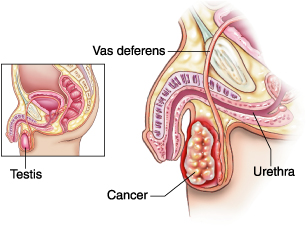
Testicular Lump Archives | No-Scalpel Vasectomy

The Signs and Symptoms of Infection and Epididymitis after a Vasectomy
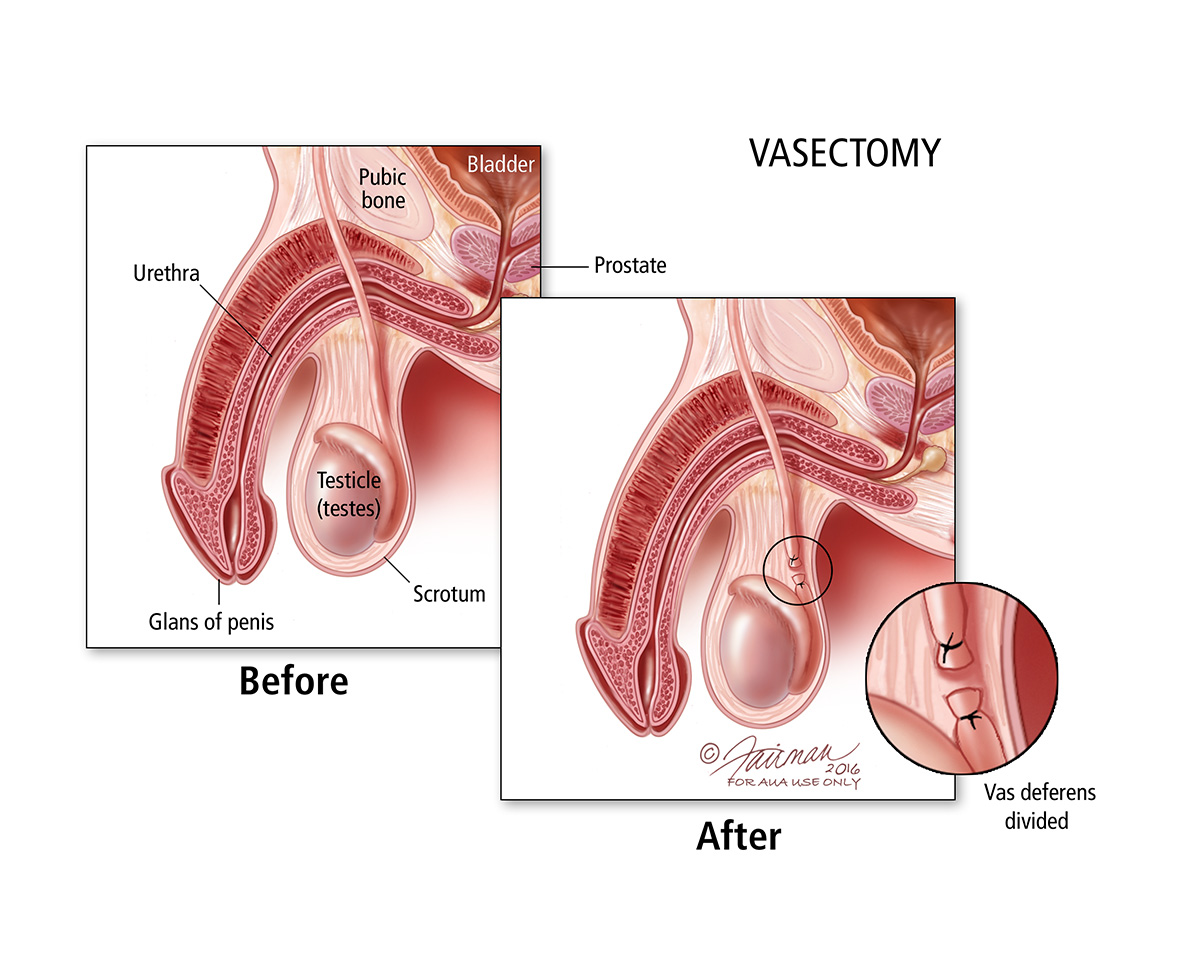
Vasectomy: Treatment & Information - Urology Care Foundation
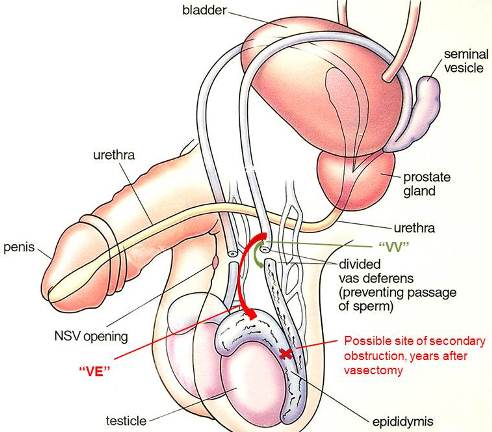
VasWeb.Com | Dr. Doug Stein | Florida vasectomies and Reversals

Patient education: Vasectomy (Beyond the Basics) - UpToDate
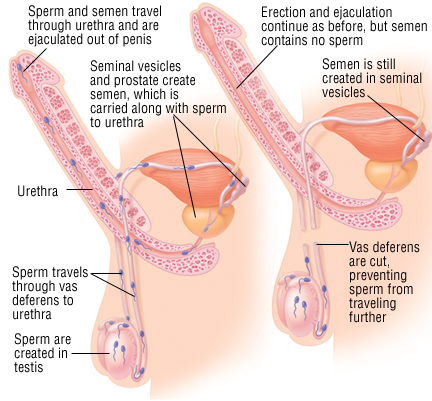
Vasectomy - Harvard Health

Lumps in the Scrotum | Tan Urology
A wierd lump showed up on my boyfriend in the circled spot in the picture. He got his vasectomy last september. Thoughts? The lump has gotten bigger but is a little bit

Surgery for benign scrotal lumps | healthdirect

Sperm granuloma masquerading as a supernumerary testis - ScienceDirect

Having a Vasectomy: Before, During, and After the Procedure | Saint Luke's Health System
Vasectomy | Dr. Shahram Shawn Gholami
Vasectomy - Tower Urology
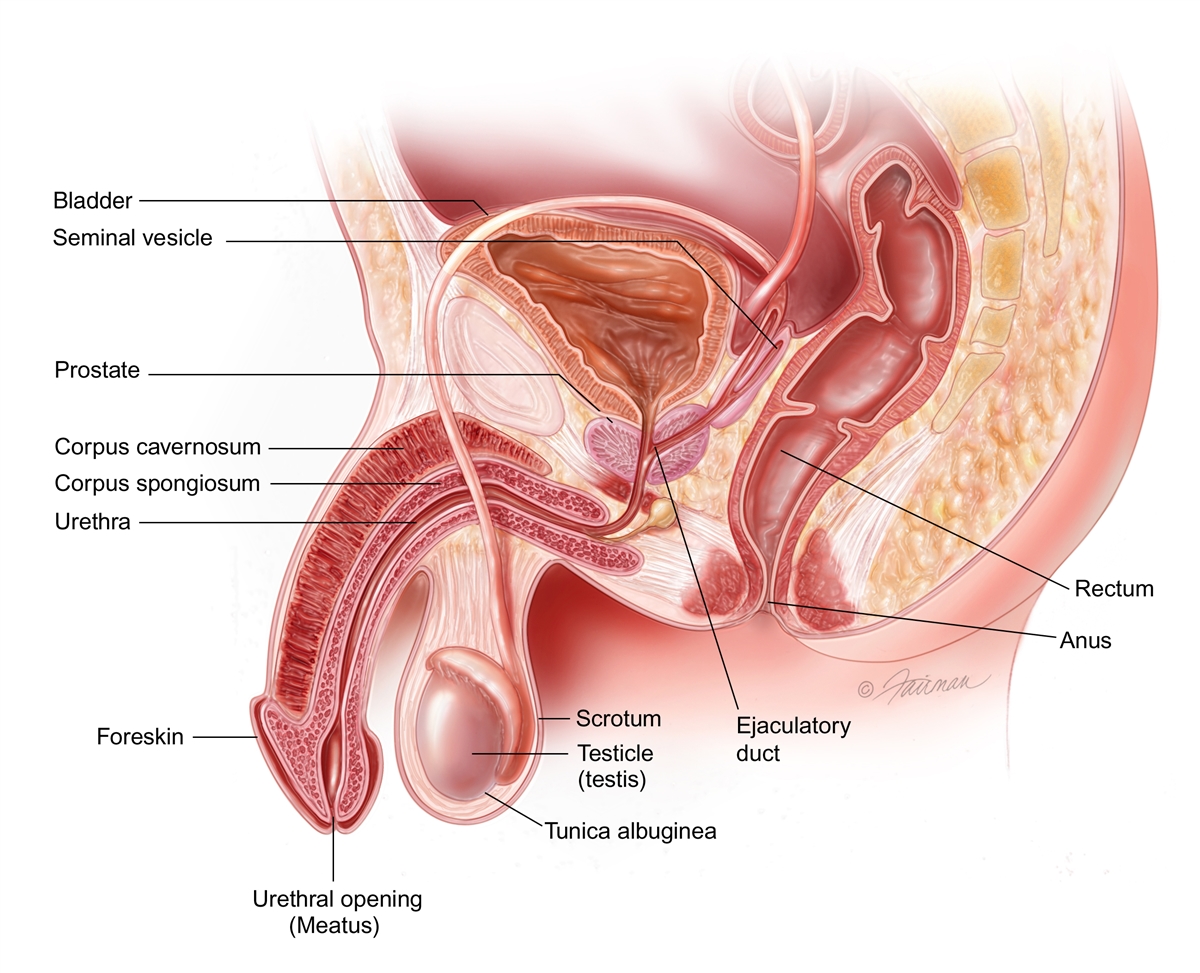
Testicular Trauma: Symptoms, Diagnosis & Treatment - Urology Care Foundation
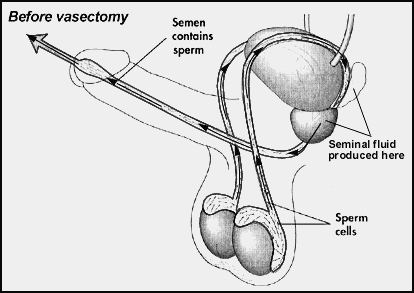
Vasectomy – MPHC
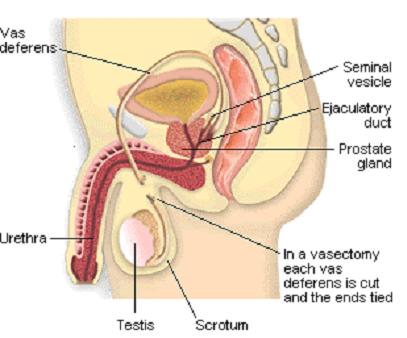
Vasectomy – The Private Clinic – Surry Hills

Vasectomy: Everything You Need to know BEFORE Getting One - Promescent

A Lump in the Testicle After a Vasectomy
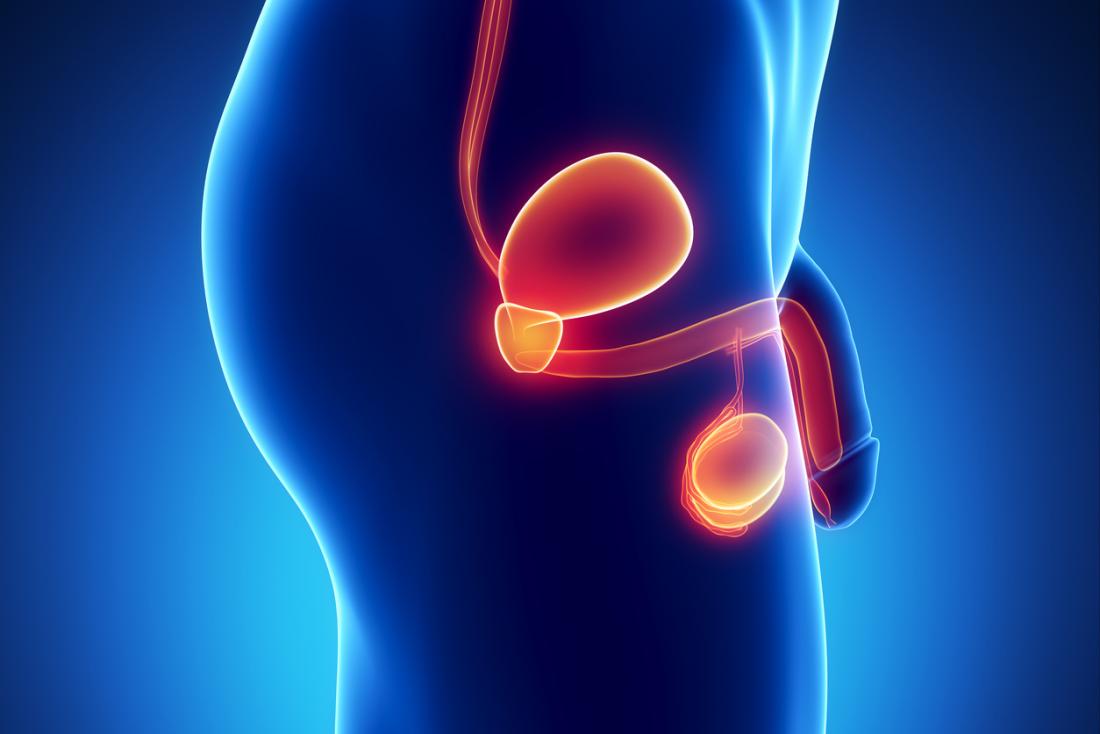
Vasectomy: Expectations, effectiveness, and risks
pain free vasectomy – Vas Pro Shop-"We Cater to Cowards"
/testiclepainfinal-01-5c1b078446e0fb00018ef91a.png)
Testicle Pain Cause and Treatment

Surgery For Benign Scrotal Lumps | WAUROLOGY
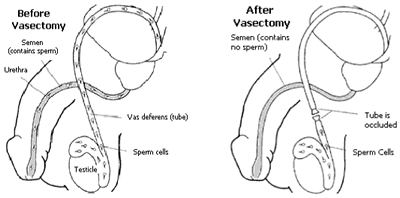
Vasectomy | Southern Cross NZ
:max_bytes(150000):strip_icc()/sex-after-vasectomy-faqs-and-information-2328941_FINAL-42809f7d78824deaa71f792b279b748a.png)
Vasectomy: Recovery
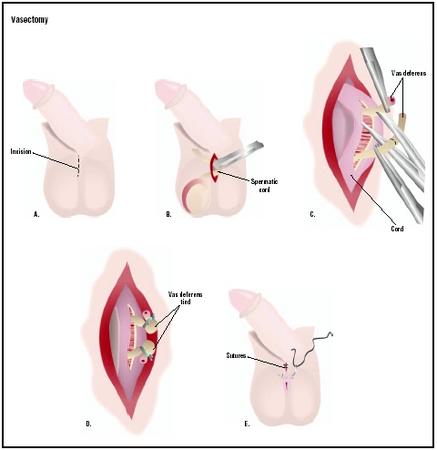
Vasectomy - procedure, recovery, tube, pain, complications, time, infection, operation

Short- and Long-Term Vasectomy Side Effects: Pain, Sex, and More

Spermatocele | The Urology Group of Virginia

Lump on Your Testicle? What It Could Be
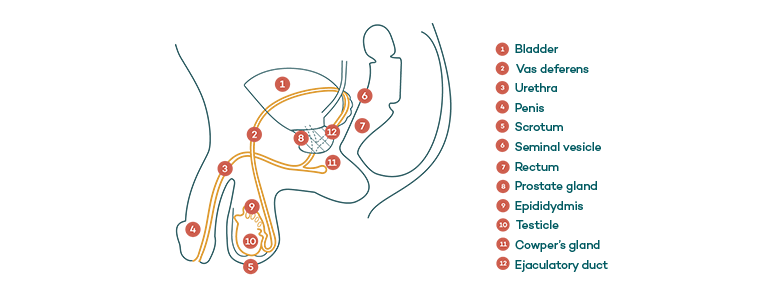
Scrotal Lumps - Testicular Pain Causes & Treatment | Healthy Male

Vasectomy - an overview | ScienceDirect Topics

How to Recover From a Vasectomy: 9 Steps (with Pictures) - wikiHow
What Is a Vasectomy? | Urology Specialist Sydney
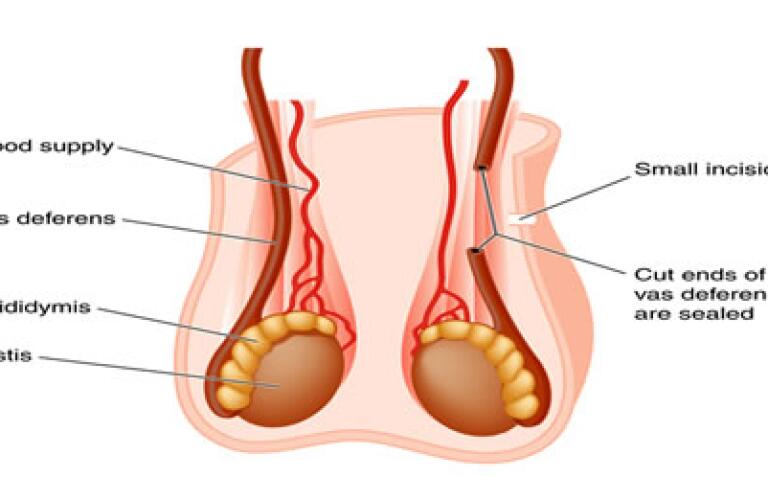
Vasectomy: How It's Done, Risks, What to Expect
Testicular cancer: Symptoms and Causes | Bupa UK
Lumps After Vasectomy Reversal - After Vasectomy Reversal

A 45-year-old man with prior vasectomy and sperm granuloma. A,... | Download Scientific Diagram

Vasectomy: How it Works | Department of Urology
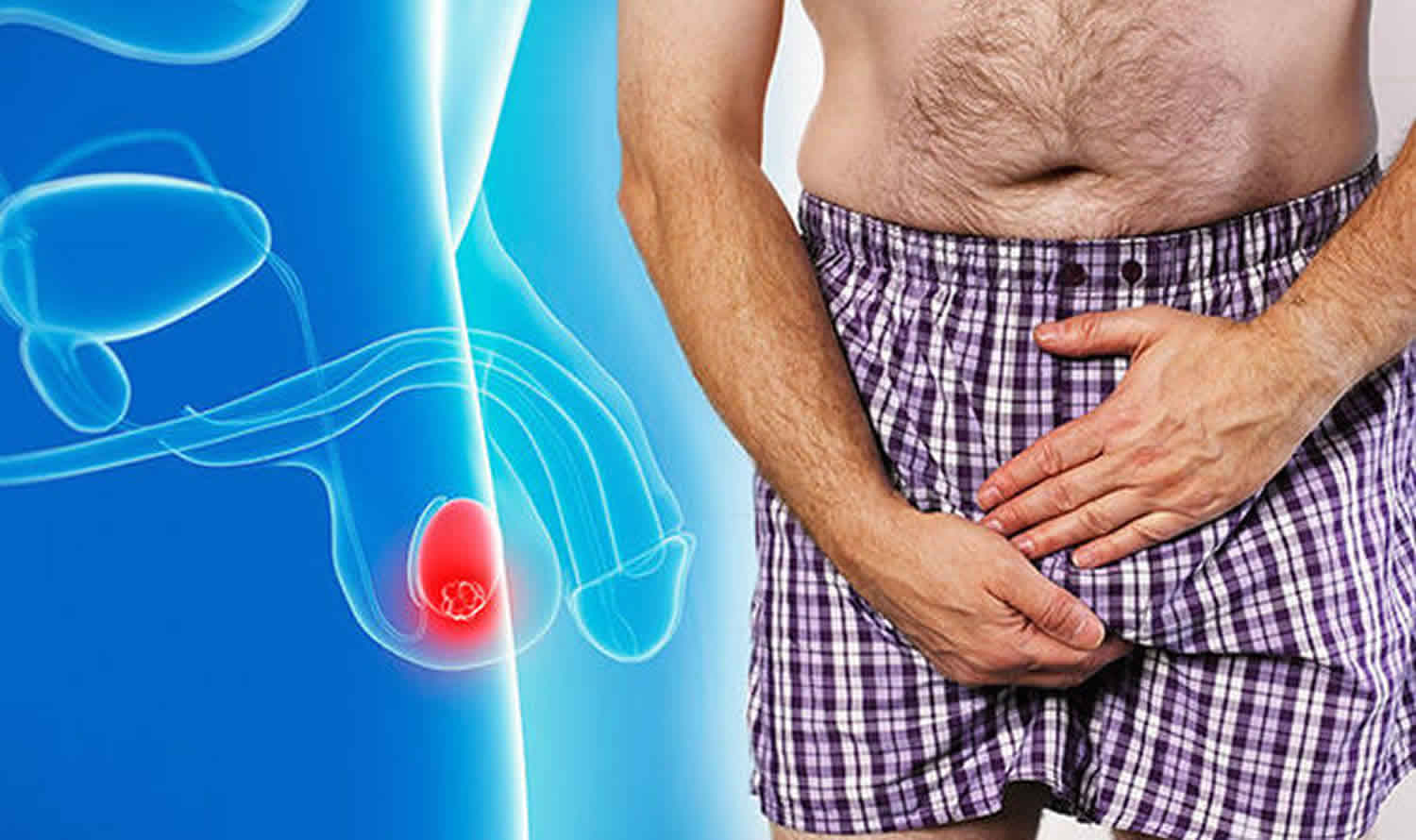
Lump on testicle - painful lump or painless lump causes, diagnosis & treatment

5 Vasectomy Recovery Tips | Urology Specialists NC

Scrotal Masses and Swelling - Brisbane Urology Clinic
Posting Komentar untuk "lump in testicle after vasectomy"